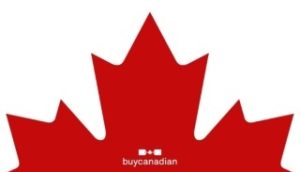Some of earth’s creatures can survive by consuming ocean water – like the albatross, which has salt-excreting glands that remove saline through its nose – attendees learned last night at the Royal Ontario Museum’s (ROM) new Water exhibition, sponsored by RBC.
But since humans don’t have this physiology, many Canadians are concerned for the world’s depleting fresh water resources. Working with this consumer insight, the RBC Blue Water Project, a 10-year, $50-million philanthropic investment in environmental causes, has extended its commitment to the ROM’s latest exhibit.
‘We did some psychographic profiling through our agency to better understand who we wanted to talk to through this campaign,’ says Andrew Shibata, head of brand marketing, RBC. ‘We know that the key target is employees and clients aged 39 to 59, known as consumers who ‘do what they can.”
The sponsorship coincides with the launch of a new Blue Water Visa Gift Card, which donates 50 cents from every card sale to water-related charities and offers card-holding consumers $7 off the ROM exhibit. The partnership was arranged directly with the ROM and will be promoted through online and in-branch marketing. For RBC Blue Water Project marketing, the brand works with CloudRaker in Montreal.
‘Recognizing that RBC wanted our campaign to have a low environmental footprint, we opted to keep our campaign vehicles to digital and TV,’ says Shibata.
But the key strength to be derived from Blue Water for RBC is not necessarily mass exposure but its qualities as a social brand initiative, explains Melissa Steadman, senior manager, brand marketing, RBC.
‘We wanted this initiative to be about engaging the community – not just our current consumers, but our employees as well,’ says Steadman.
The exhibit will be promoted in two roll-outs, this spring and later in the summer, through the brand’s Facebook page, which has about 22,000 members, and in-branch marketing.
Located in the ROM’s basement, the exhibit teaches visitors about water-related issues and stories, such as floating villages in Cambodia and droughts threatening community wells in Africa and Asia.
























